Lam Dong - land of high-tech agricultural models
According to information on the Lam Dong Department of Foreign Affairs website, the history of Lam Dong's formation can be traced back to November 1, 1899, when the French government established Dong Nai Thuong province, with the provincial capital located in Di Linh.
In 1903, the French government abolished the Upper Dong Nai province and transformed it into the Di Linh administrative agency, ruled by the representative of the Binh Thuan Consul. In 1913, the Da Lat agency was merged with the Di Linh agency, collectively called the Di Linh agency and still belonged to Binh Thuan province.
On January 6, 1916, Lam Vien province was established, including the newly re-established Da Lat agency and Di Linh agency, separated from Binh Thuan province, with the provincial capital located in Da Lat. Lam Vien province is also known as Langbiang or Lam Bien.
October 31, 1920: Lam Vien province was abolished, a part of it was established as Da Lat city, the remaining part was re-established as Dong Nai Thuong province, the provincial capital was located in Di Linh. In 1928, Dong Nai Thuong province's provincial capital was moved to Da Lat. On January 8, 1941, Lam Vien province was re-established.
On May 19, 1958, Dong Nai Thuong province changed its name to Lam Dong province, and at the same time separated a part of its land and merged it with Da Lat city, forming Tuyen Duc province. Then, Lam Vien province merged with Dong Nai Thuong province to form Lam Dong province. In February 1976, Lam Dong province and Tuyen Duc province merged to form the new Lam Dong province.
The land of Lam Dong today has long been inhabited by people, and their descendants up to that time were the communities of Ma, Co Ho, MNong, Chu Ru, Rac Lay,...
By the end of the 19th century, the indigenous peoples' main production methods were shifting cultivation, slash-and-burn agriculture, and their economy was self-sufficient.
Cultivation was the main industry, in addition to hunting and gathering, livestock and poultry farming, handicrafts such as weaving, blacksmithing, and knitting were just beginning to develop, economic exchange was still very limited.
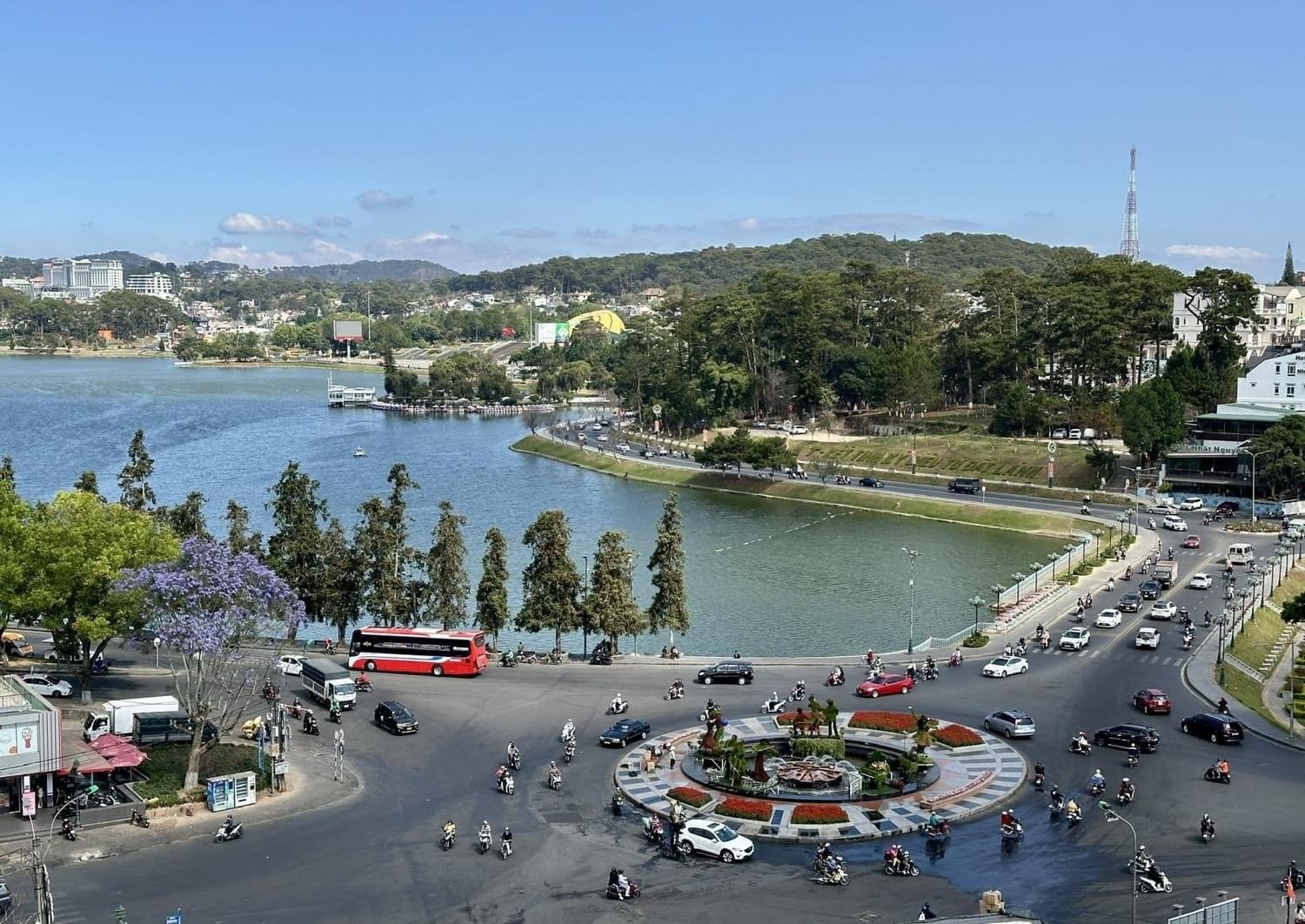
A corner of Da Lat city (Lam Dong). Photo: Lam Dong Newspaper.
Lam Dong today is a province that strongly develops tourism and high-tech agriculture. In 2024, the area of high-tech agriculture according to the new criteria of the whole Lam Dong province will reach more than 69,600 hectares, accounting for 21.2% of the cultivated area, an increase of 2,764 hectares compared to 2023; of which, the production area applying smart technology is 730 hectares.
In 2024, Lam Dong province will continue to convert and replant over 17,600 hectares of ineffective crops; the area with a value of less than VND 50 million/ha will be about 21,700 hectares, accounting for 6.6% of the cultivated area.
At the same time, the province formed 21 more production chains linked to product consumption, bringing the total number of chains in the province to 255, with more than 31,900 participating households.
According to the assessment, the agricultural, forestry and fishery sector in Lam Dong reached 22,115 billion VND, an increase of 4.19% compared to 2023, contributing 1.51 percentage points to the overall increase in GRDP of the province. In 2024, Lam Dong's total state budget revenue reached more than 13,175 billion VND, GRDP per capita reached 98.96 million VND.
Binh Thuan - "capital" of dragon fruit
According to information in Binh Thuan newspaper, perhaps the place name Binh Thuan appeared earliest in the year Dinh Suu (1697), when it was a prefecture of Thuan Thanh town, after Emperor Hien Tong Hieu Minh sent Commander Nguyen Huu Kinh to suppress the rebellion of King Chiem Ba Tranh and occupied the last part of Champa land from Phan Rang to Chan Lap.
During the reign of King Gia Long, Binh Thuan citadel was re-established. In the 4th year of Minh Mang (1823), Binh Thuan prefecture was re-established with 2 districts An Phuoc and Hoa Da.
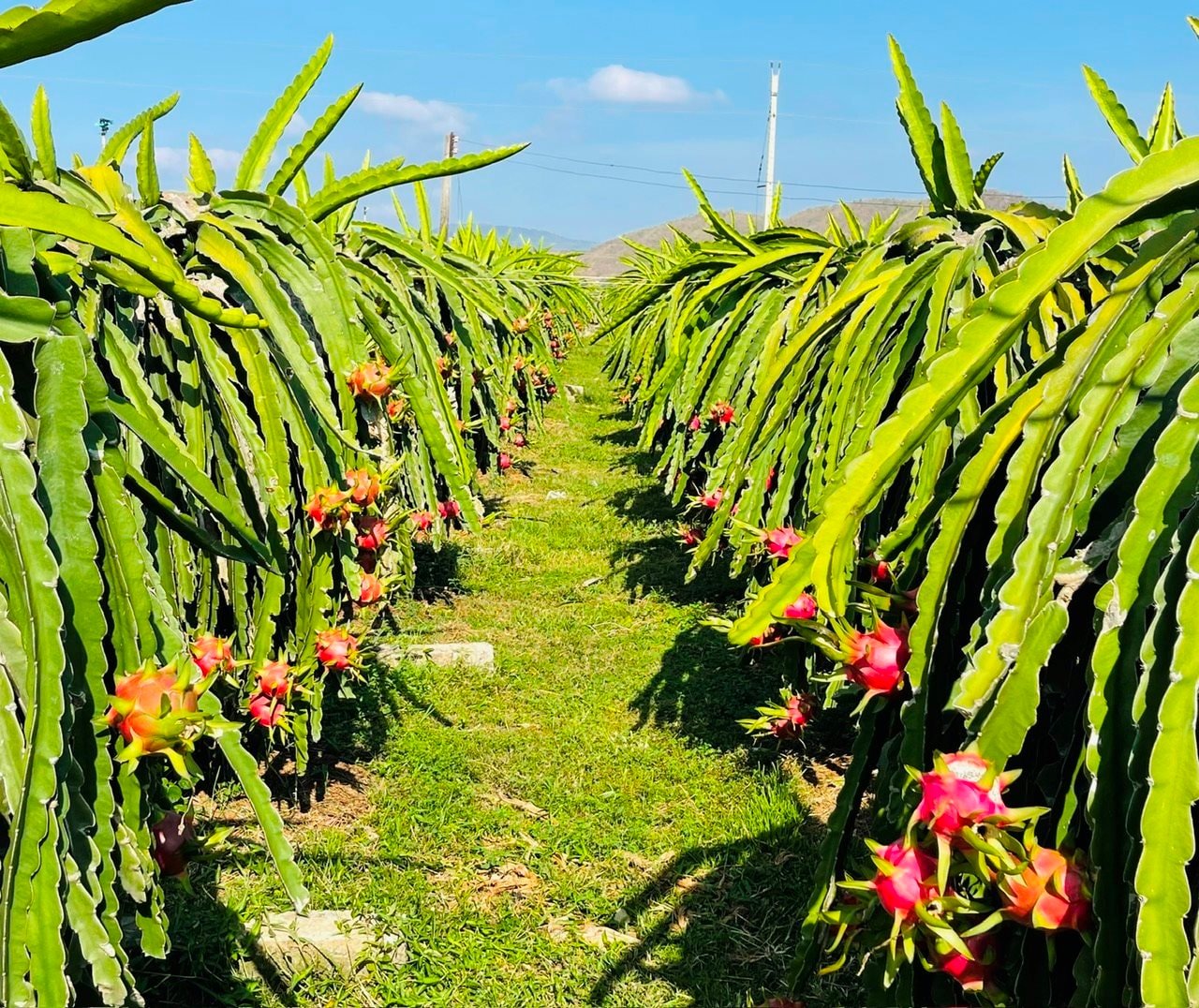
Dragon fruit is the main crop of Binh Thuan province. Photo: Binh Thuan Newspaper.
During that nearly 130-year period, Binh Thuan changed its administrative levels many times, including dinh, tran, and phu, including a part of Ninh Thuan, Lam Dong, and the southern Central Highlands. Some memorable milestones include: In 1697, Lord Nguyen established Binh Thuan phu, later changed to Binh Thuan dinh.
In February 1976, Thuan Hai province was established in February 1976, through the merger of three provinces: Ninh Thuan, Binh Thuan and Binh Tuy.
Binh Tuy is a large area in the southwest of present-day Binh Thuan province, existing for 20 years (1956-1976). The provincial capital of Thuan Hai was initially located in Phan Rang town, then moved to Phan Thiet town in April 1977.
On December 26, 1991, the 8th National Assembly, 10th session, issued a Resolution to split Thuan Hai province into 2 provinces: Binh Thuan and Ninh Thuan.
Binh Thuan province officially came into operation on April 1, 1992.
Binh Thuan is considered the "capital" of dragon fruit in Vietnam. To develop a modern, sustainable, high-value-added agricultural sector, Binh Thuan promotes high-tech agricultural production, forming large specialized areas, producing according to value chains; linking agricultural production with the processing industry. Dragon fruit is currently a key crop in the province.
Currently, Binh Thuan has formed specialized areas for growing high-quality dragon fruit in Ham Thuan Nam district with 7,624 hectares and Ham Thuan Bac district with 2,436 hectares.
The production of dragon fruit in the direction of VietGAP and organic is being carried out with attention; currently, the whole province has 9,037 hectares of dragon fruit certified by VietGAP; 560.5 hectares of dragon fruit certified by GlobalGAP; 93 hectares of dragon fruit certified by organic.
In addition, there are many models using advanced technology, such as automatic irrigation and greenhouses in the production of high-value crops such as vegetables, flowers, grapes, and melons.
In 2024, the gross regional domestic product (GRDP) of Binh Thuan province increased by 7.25% over the same period last year. Of which: the added value of the agriculture, forestry and fishery sector increased by 3.43%; the industry and construction sector increased by 11.06%; and the service sector increased by 7.6%.
Average income per capita is estimated at 101.7 million VND/person/year, up 12.3% over the previous year; equivalent to 4,084.6 USD, up 7.3% over the previous year.




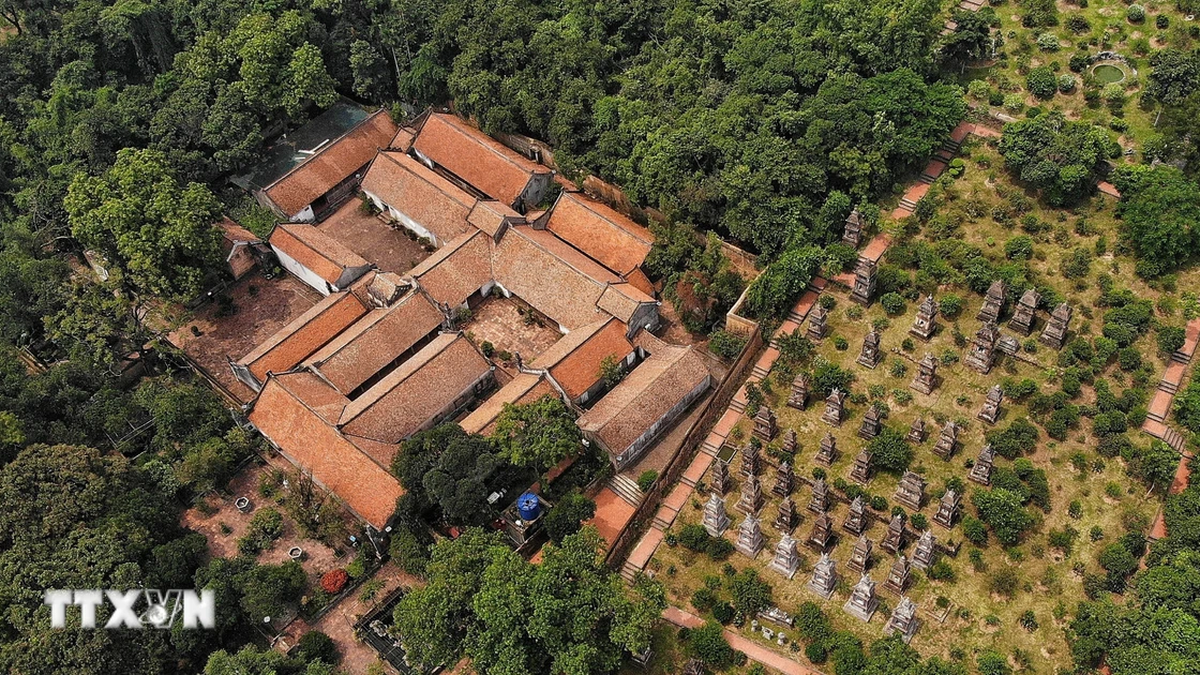


















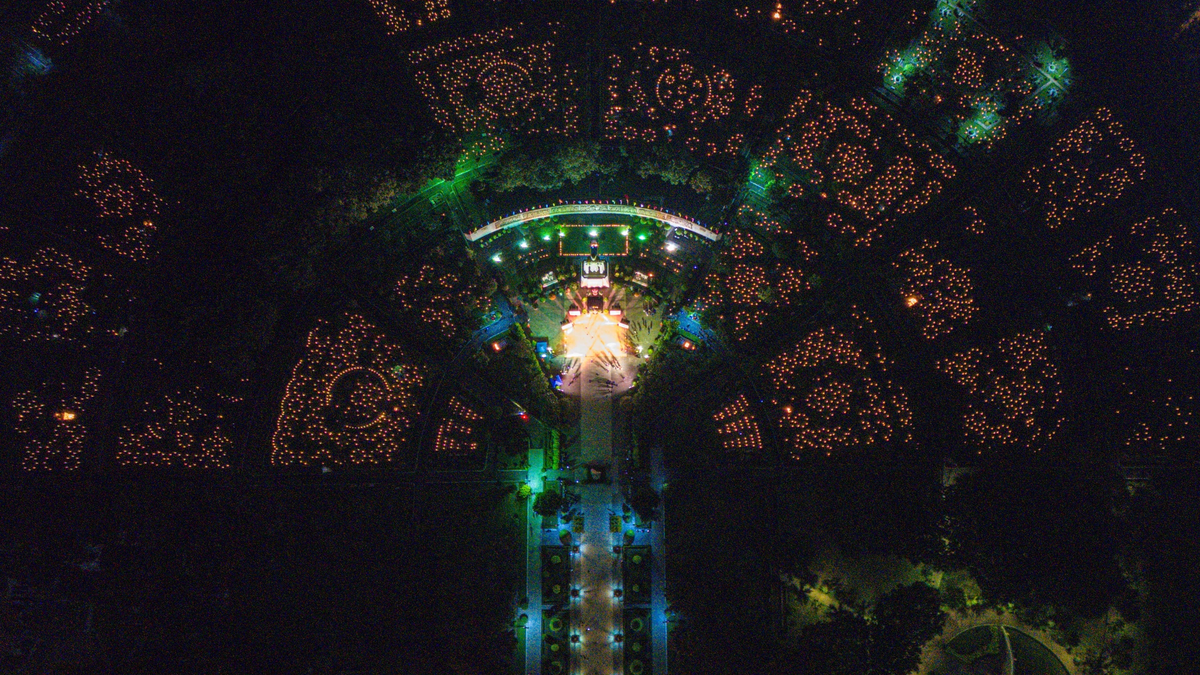



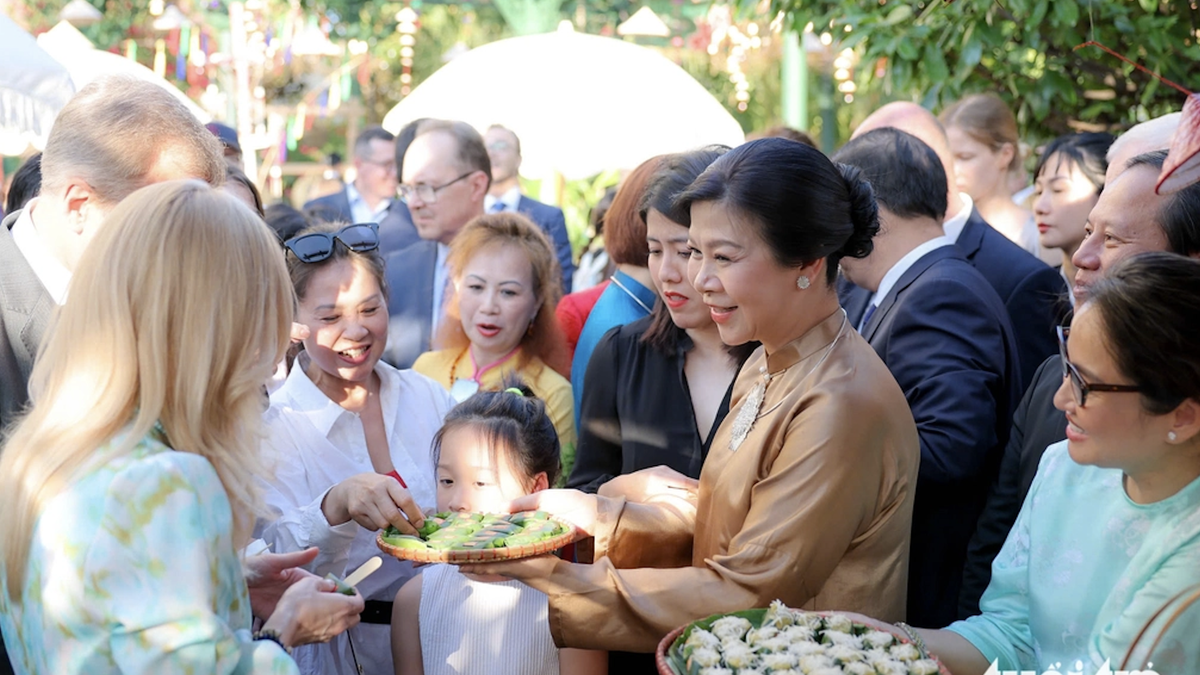








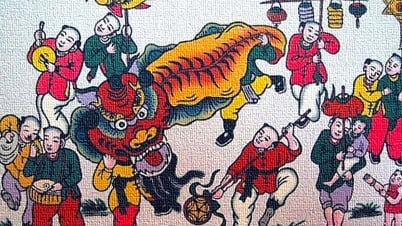






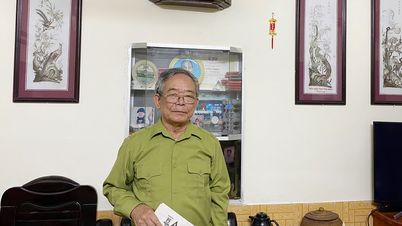

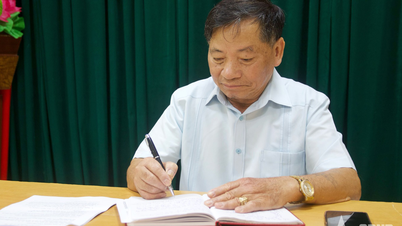





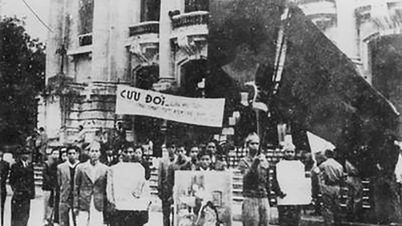


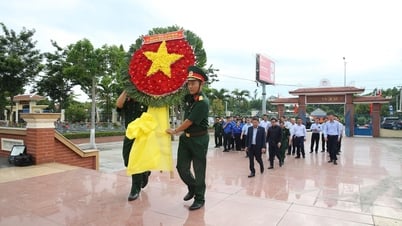











































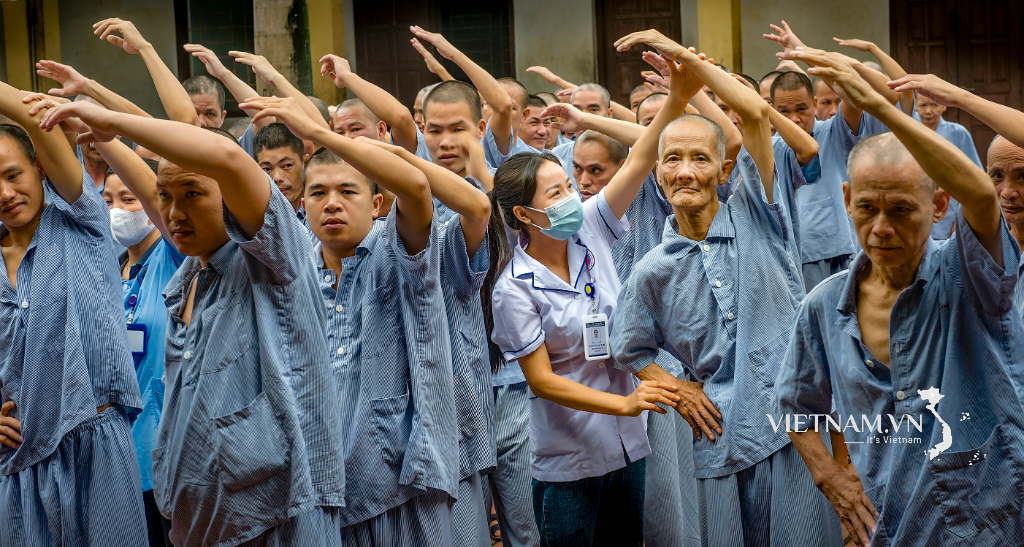
Comment (0)